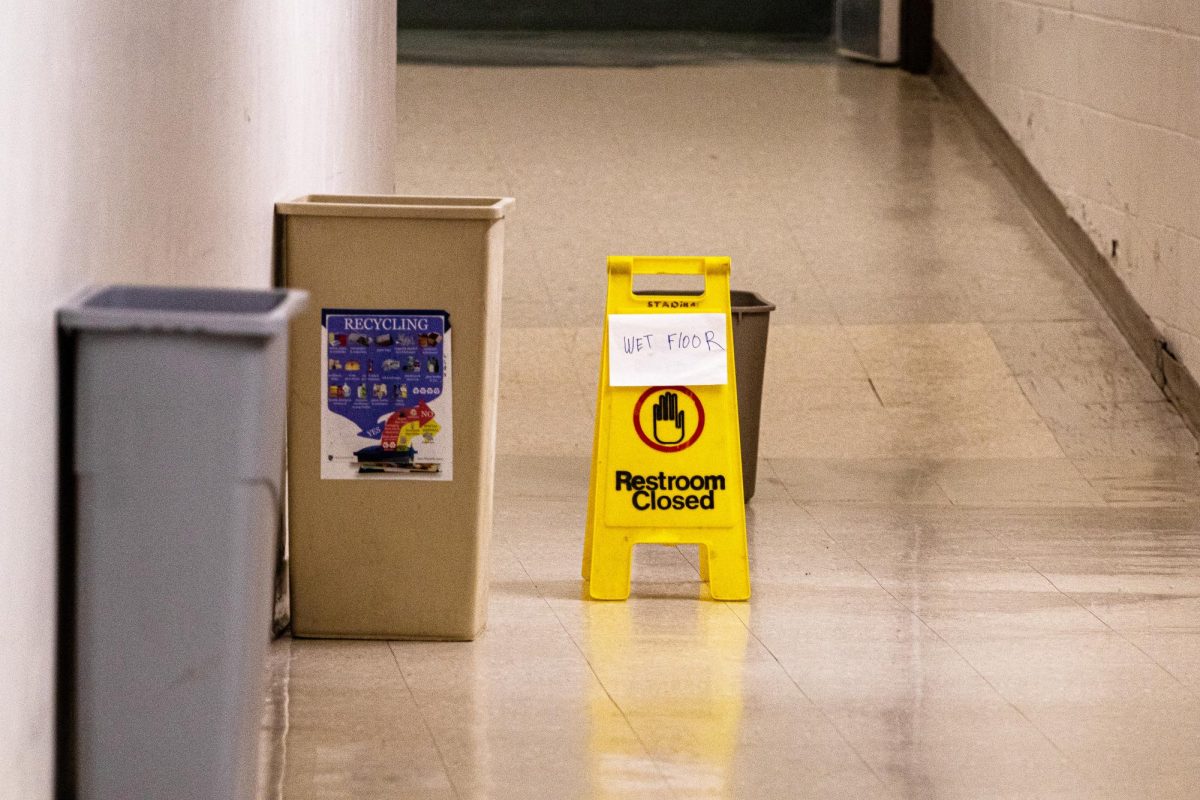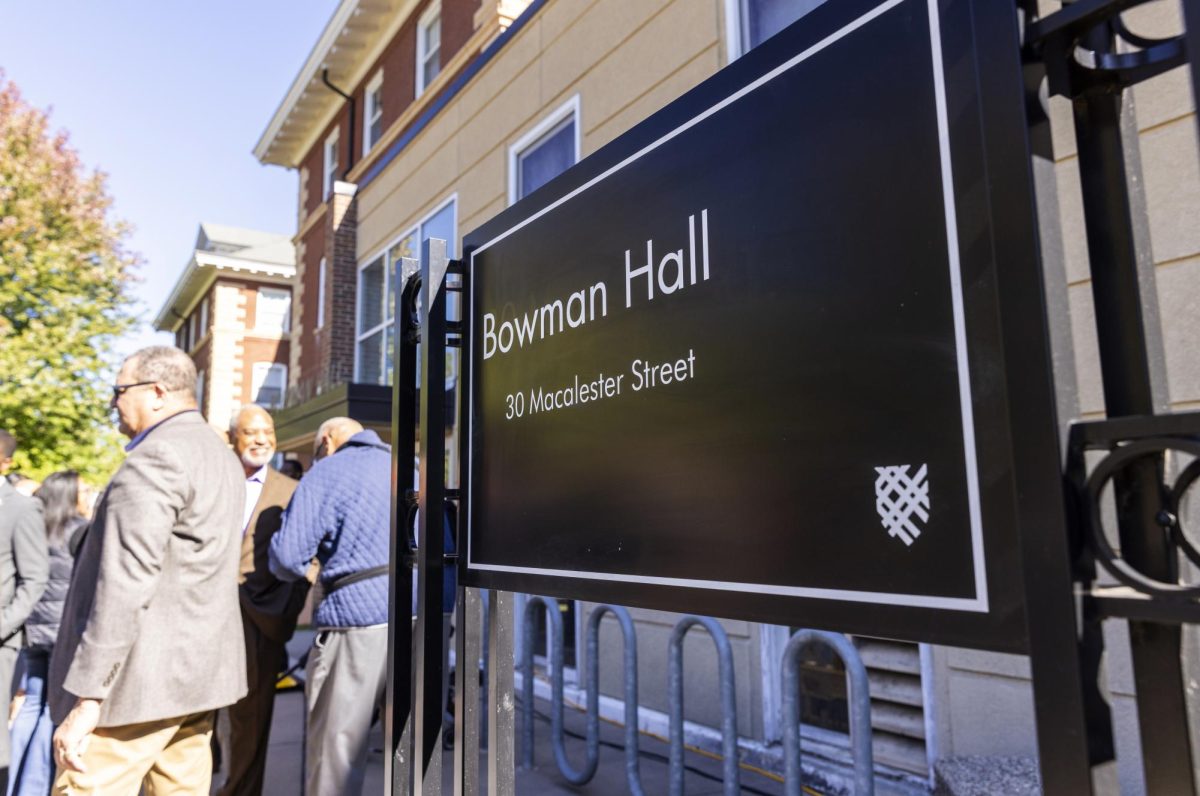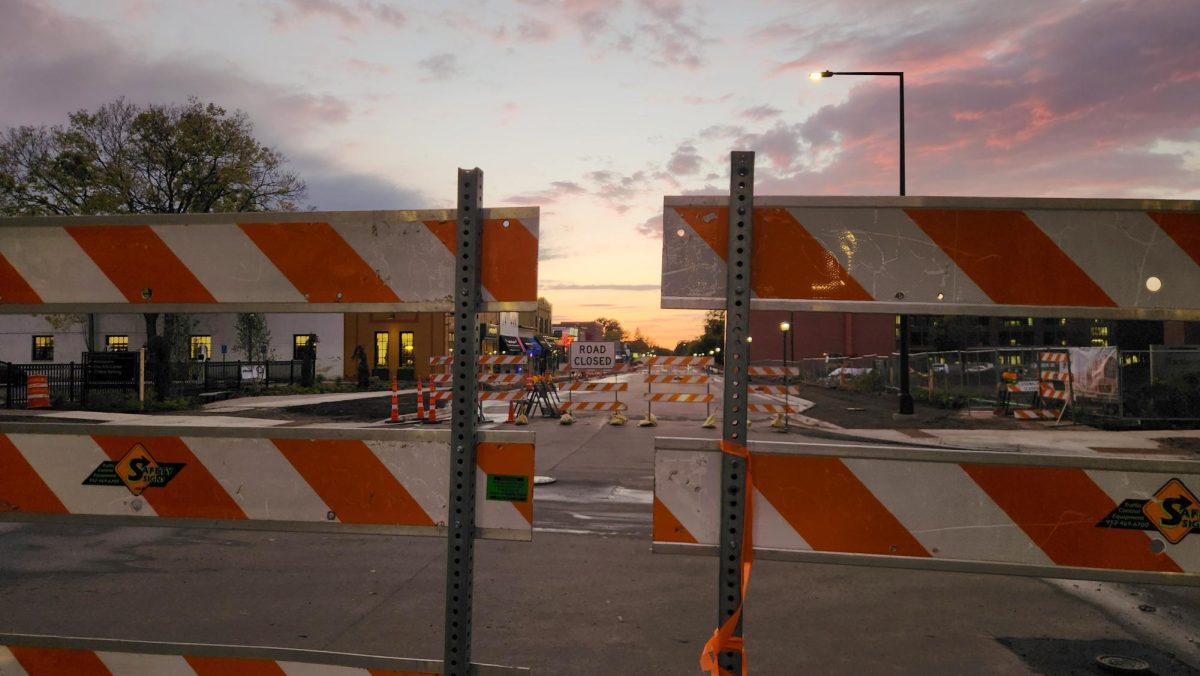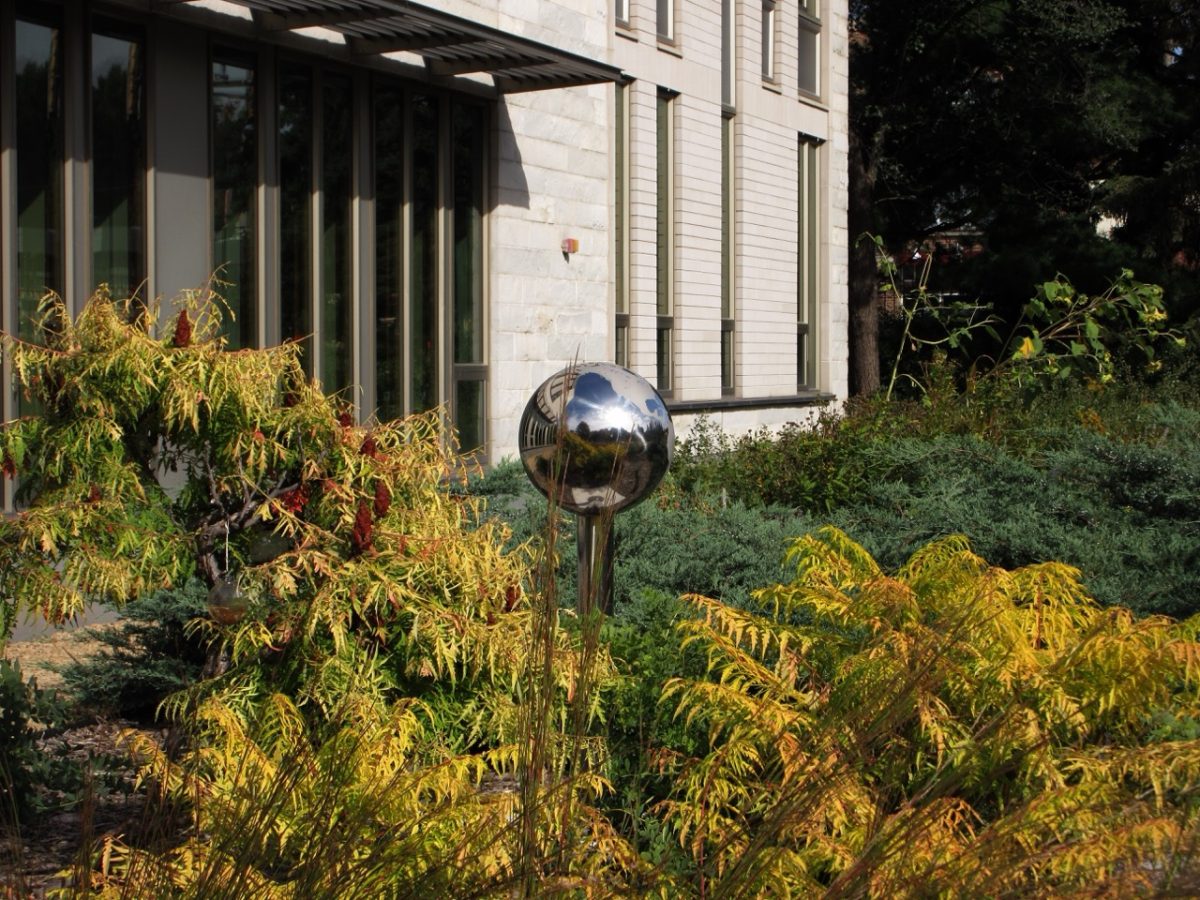Macalester is an institution with a 151-year history, with many buildings on the campus dating back 50 to 100 years. The age of the campus’s buildings, however, brings concerns, as time causes buildings to fall into disrepair.
The maintenance and operation of buildings on Macalester’s 53- acre campus is a chief concern for Nathan Lief, assistant vice president of Facilities Services.
“What we have been doing is preventative maintenance and just general maintenance on the existing fleet of buildings,” Lief said. “What I mean by that is maintaining the existing systems to keep them operational.”
Over the past several years, Facilities Services has worked with Residential Life to coordinate maintenance of the college’s dorms, renovating dorms by recarpeting, repainting and upgrading the kitchens in all residence halls.
“We have a quarterly meeting with the Facilities team to discuss upcoming projects that may impact students living in the [residence] halls,” Associate Director of Residential Life Beekah Madia Russell wrote in an email to The Mac Weekly. “This ‘touch base’ is helpful so we can put out announcements/notify residents of something happening in the community as they come up.”
While maintenance remains a priority for Facilities Services, more thorough maintenance has taken a backseat to the demolition of existing buildings and the construction of a welcome center and new residence hall on the northwest corner of Grand Avenue and Macalester Street.
“We know that we need to go in and, number one, provide more student housing, because parents and students want that,” Lief said. “It’s what we’ve been hearing through our admissions office.”
The new residence hall will host up to 224 students, and admissions will be relocated into the building with its expected completion in 2027.
In place of the admissions office, the college aims to make Weyerhaeuser Hall a more student-centric building by repurposing the space that will be left open by admission’s relocation.
“Weyerhaeuser sits in this prominent spot on campus … [and] we found that most students who live on campus are walking by that building multiple times a day, and many of them never have a reason to go into the building in the four years that they’re here. And so that doesn’t make a lot of sense,” Lief said. “I don’t want to comment on [what will replace admissions] because we just don’t know at this point, but we do know that we need to make that building more student-focused.”
For the next few years, however, the attention of Macalester is largely focused on the new residence hall, including repurposing parts from the replaced buildings that will then be used to furnish the new building.
After the college completes its first phase of the strategic plan with the new residence hall, its focus will shift to renovating existing residence halls with more modern heating, ventilation and air conditioning systems, among other upgrades.
“We’ll go back into those buildings and then start, one by one, modernizing them,” Lief said. “It’s things like adding air conditioning. [Heat] didn’t used to be an issue in Minnesota during the academic year. The climate has changed … It’s now not uncommon to have 90 degree weather in October, and that never used to be the case.”
Another top priority for renovation will be the restrooms in older residence halls, which Lief says do not meet modern standards for student accommodations.
“[Of] these buildings, a lot of them were built in the ’40s or the ’60s,” Lief said. “ They’re still in that original configuration. Expectations at that time were different than [what] they are today. Part of what we’re trying to do as we go through and renovate these [halls] is expand the restrooms to provide appropriate privacy, so an area to change … [for] the shower so that you’ve got that standard in place.”
Renovations to pre-existing buildings on campus must contend with many limitations, especially architectural restrictions and the constraining schedule of summer.
“Our facilities team does work around the summer conference and summer housing schedule.” Russell wrote. “[They] typically adapt to what is realistic to be done during the summer time frame.”
While residence halls are the major priority for the near future, several other campus buildings will receive renovations in the coming years.
“The chapel was built in ’65 … [and] hasn’t undergone a meaningful renovation since it was built,” Lief said. “There are some things that we could do there that I think would make that much more effective and make it much more useful to the campuses as a whole.”
“One of the questions that I’m curious about is, can we take all or some of those brick walls down and open that view up? Because you can imagine that it is a great event space for this campus or a giant campus living room, and it sits right at the heart of campus. You can imagine it lit up at night. You could see activity in there, and it really would just inject some energy into the core campus.”
Additionally to a renovation of the Chapel, Macalester plans to demolish the Humanities Building as part of the Comprehensive Campus Plan, and replace it with a larger, more modern structure.
“We’ve got a structure that’s pretty old and antiquated. It doesn’t necessarily serve our campus as well as we would like it to,” Lief said. “We actually think the best thing to do there would probably be to raze that building and put something else in its place that’s bigger, that can serve modern pedagogies and serve our humanities department a little bit better. And while we do that, maybe it gets expanded to bleed some of the pressure off of Olin-Rice.”
While many campus buildings wait to undergo renovation or reconstruction, Lief says that some buildings will have to contend with ‘deferred maintenance,’ or minor maintenance projects being delayed until more major work can be done.
“We need to be spending [on maintenance], you know, ten million potentially. And you’re not going to get that every year, but what you end up doing is buying [the cost] down,” Lief said. “So like this building, for instance, they let go for a while, and then you buy down all that deferred maintenance when you redo it.
“All colleges struggle with this. All organizations struggle with this. There’s never enough money to be fully without some form of deferred maintenance. I actually think that’s a good thing, because you can stretch these systems a little bit longer.”
While some major maintenance may be deferred as buildings await further renovation, Russell emphasizes that students should fill out a work order with Facilities Services for essential college-provided equipment and services to be repaired.
“Filling out a maintenance request is the first step to getting our facilities friends to address a concern,” Russell wrote. “The goal with these is to get these resolved as soon as possible. If students are ever concerned about [the] timeliness of a work order being completed, following up about the work order with facilities and/or the RHD for the area can help.”







